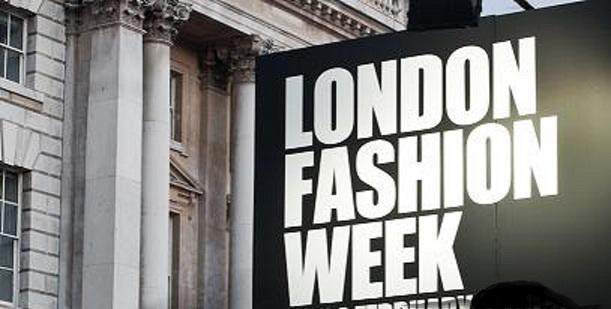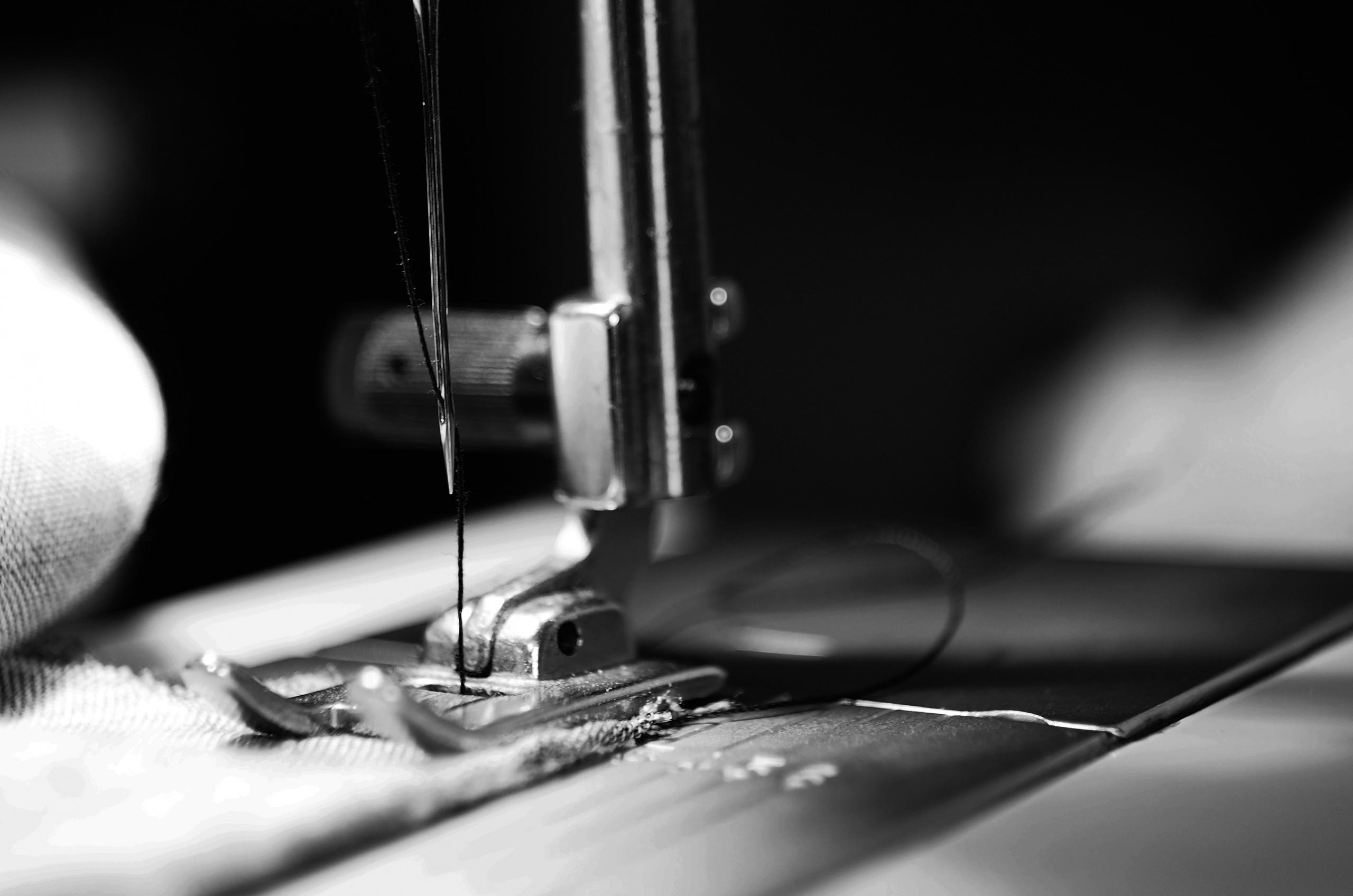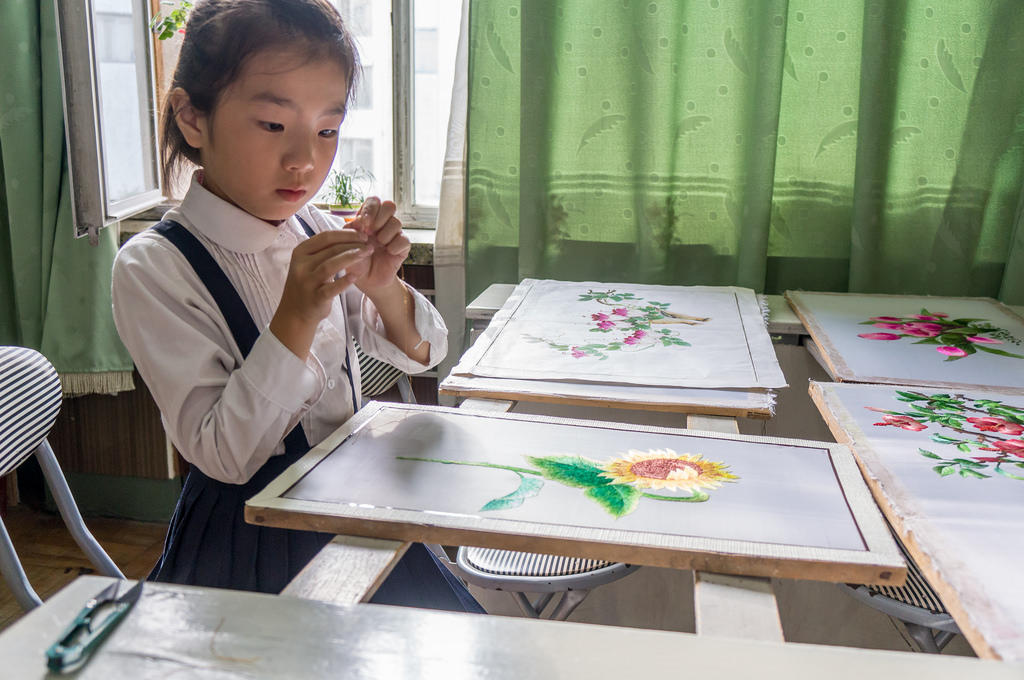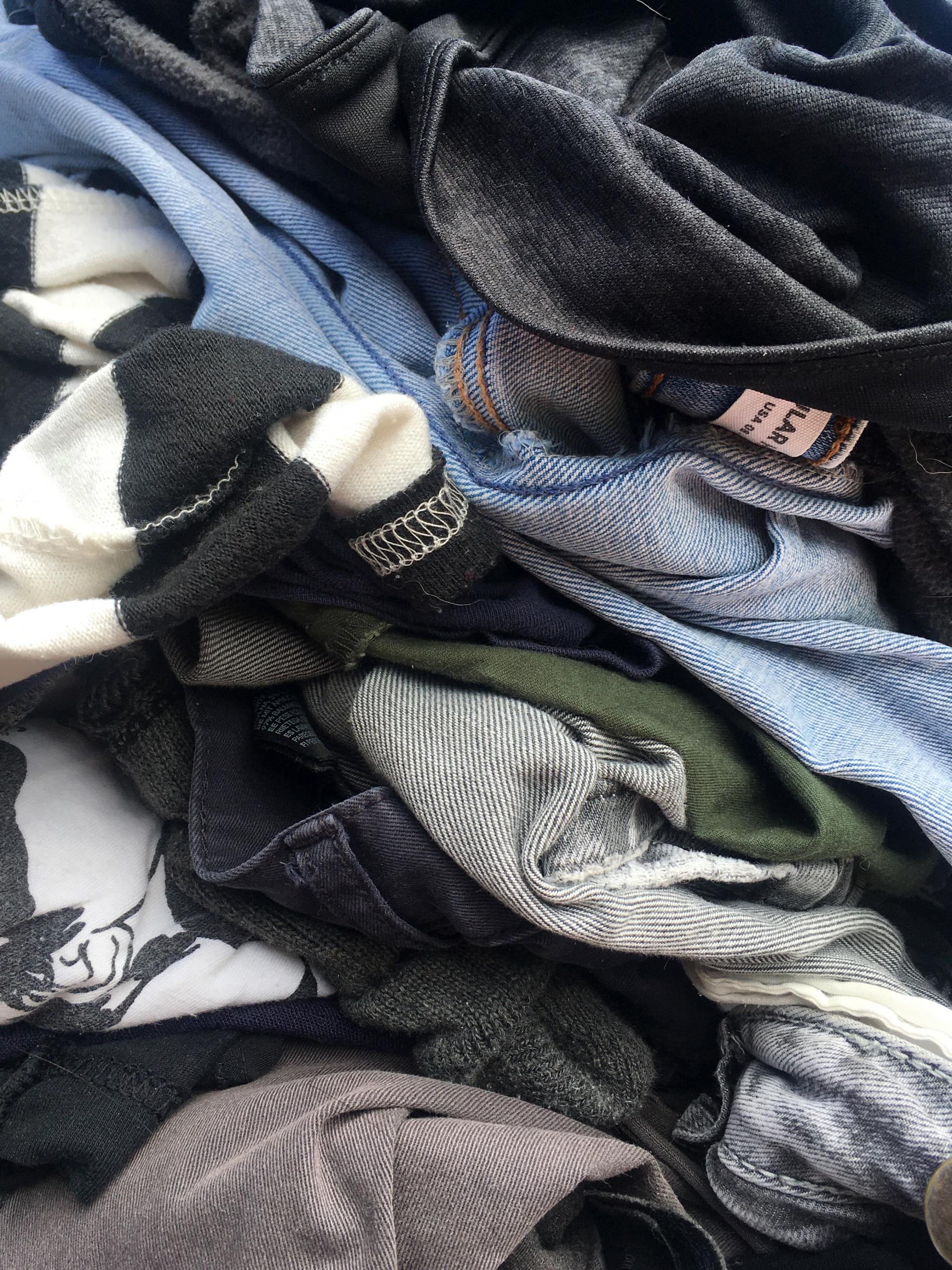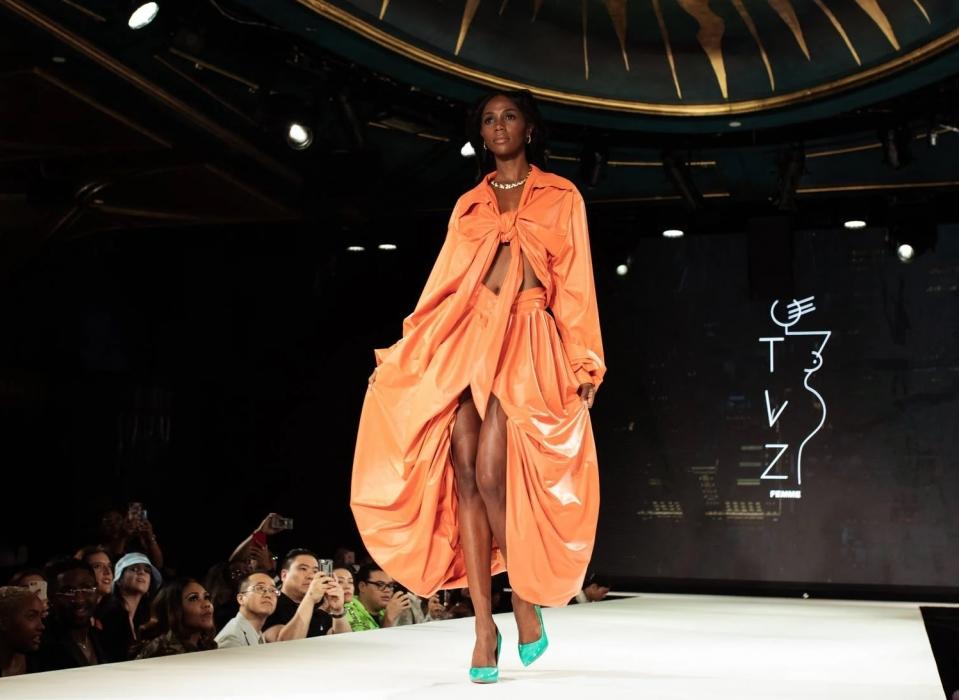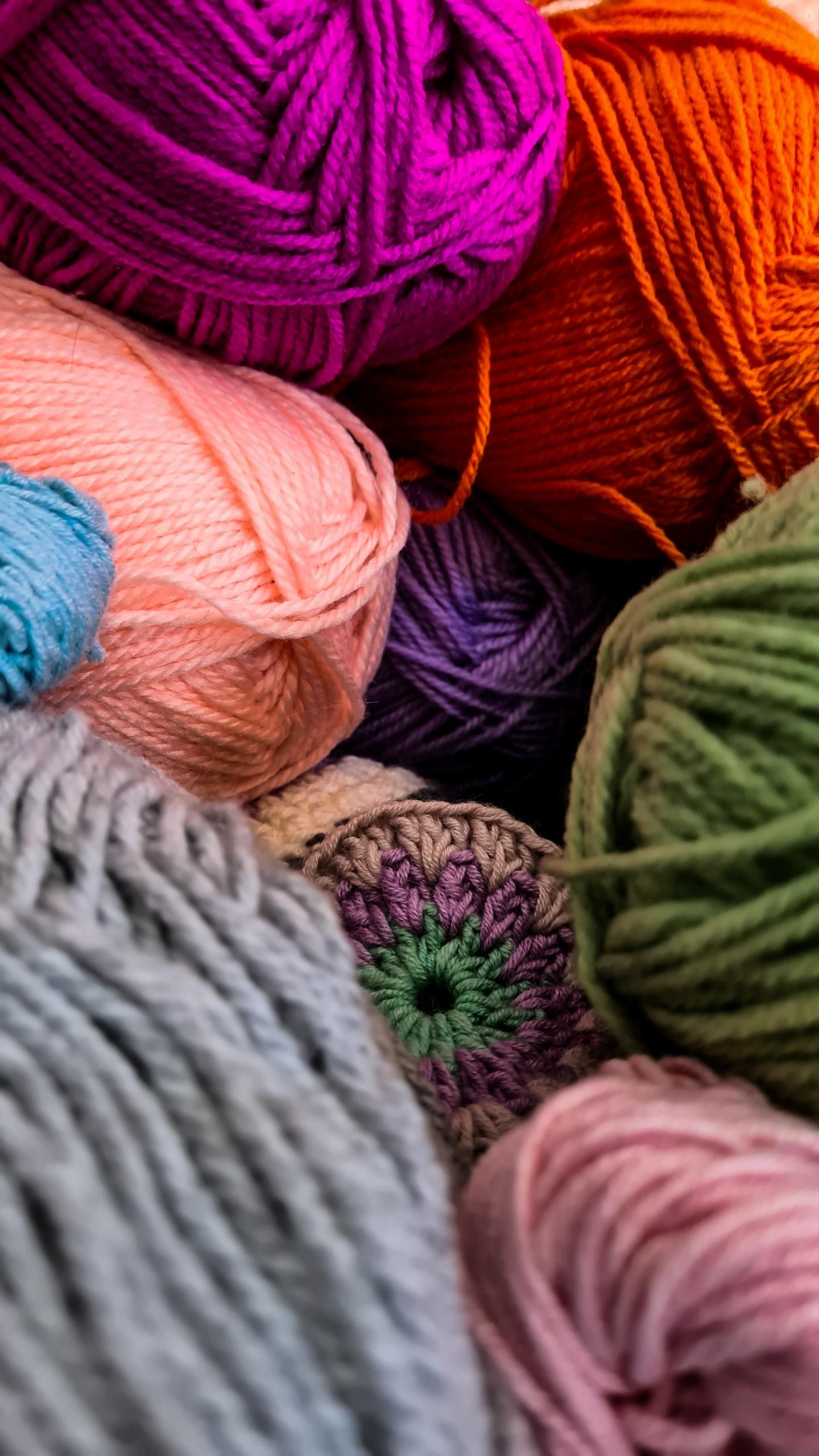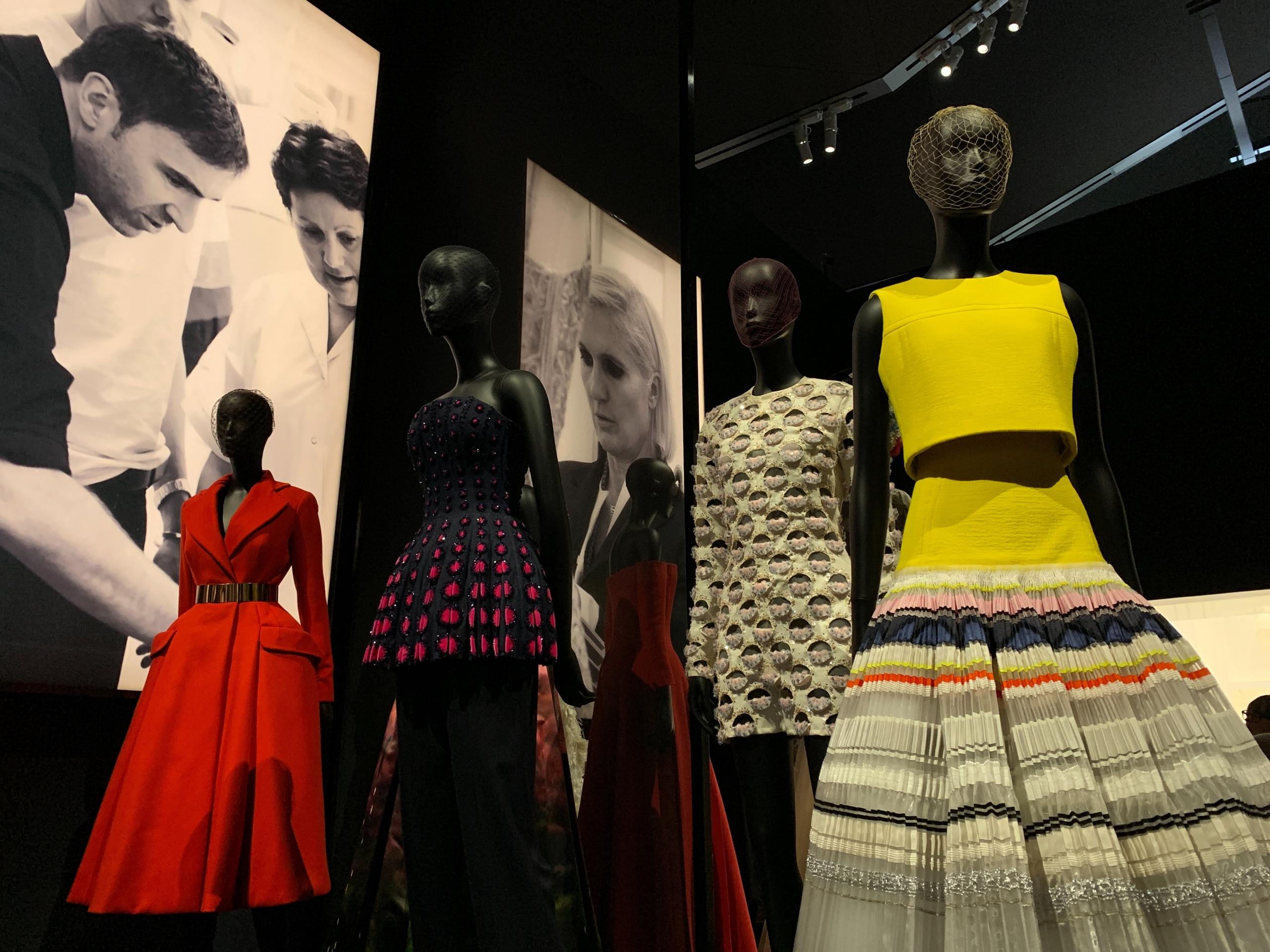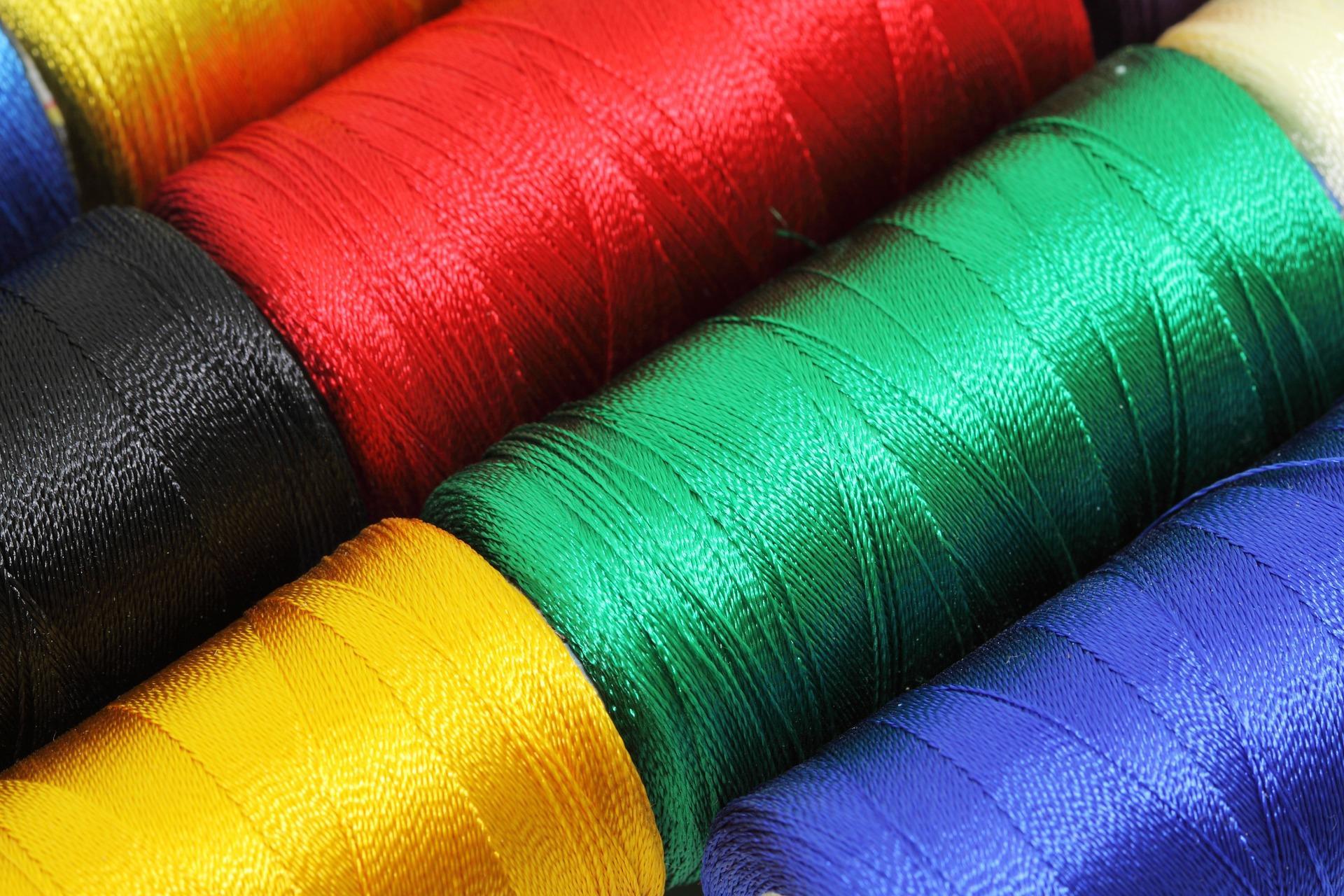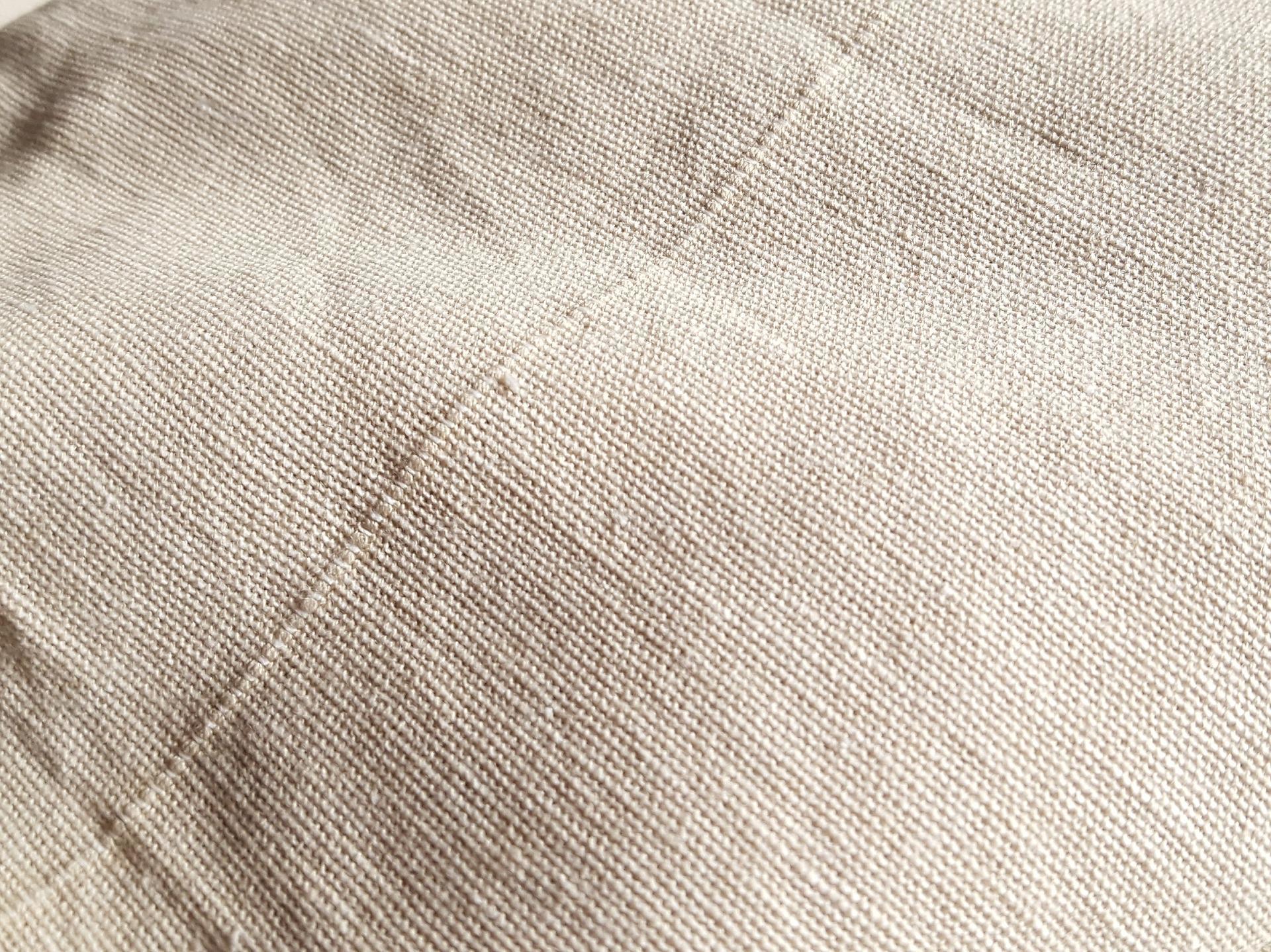It's rather strange that trade events take place all the time but they hardly cause a media ripple. When was the last time you saw any media coverage of a plumber's trade show? Have you ever heard of the rich and famous gathering to attend a restaurant trade show or a technology trade show?
We haven't, either.
And yet, fashion trade shows garner much publicity, both ahead of and during the events. These scintillating affairs draw luminaries from song and screen, as well as anyone remotely influential, including athletes and artists. And the press, of course.
What is it about fashion that makes it so much more high profile than, say, publishing - another metier that hosts regular trade shows?
It's because we love pretty things. We like looking good and presenting ourselves well. Our thrill with fashion also has a historical dimension: it wasn't so long ago that only the wealthy could wear beautiful clothing, while the rest of the populace looked on with envy.
Paris started the Fashion Week concept and, to this day, that city is one of the Big Four fashion capitals, alongside Milan, New York and London. Though the City of Lights had long been known as a fashion hub, it was Englishman Charles Frederick Worth who, while living in Paris, initiated the concept of fashion shows.
Isn't it odd, then, that London, Mr Worth's former home, was the last to establish a semi-annual Fashion Week?
The British Fashion Council inaugurated our capital city's Fashion Week in 1983. Its resounding success is one of the reasons why London is now one of the Big Four. Another is because of their consistently seamless productions; a feature that will be on display during this year's show.
| London Fashion Week 2022 Particulars: |
|---|
| - Features collections from 247 designers |
| - It will be an in-person / online hybrid show. |
| - Mens- and womenswear will be presented, as well as accessories. |
| - Runs from Friday 18th to Tuesday 22nd February. |
Will you catch the show live or online, this year? Or are you making plans to become a fashion designer so you can dazzle the world with your collections?
Let Superprof help you get started.

What Skills Do Fashion Designers Need?
People tend to hold a very simplistic view of how fashion works: the designers design, the seamsters sew, the marketers advertise and the managers take care of all the associated business concerns - accounting, inventory, hiring models and so on.
That's not exactly how things go in fashion houses around the world.
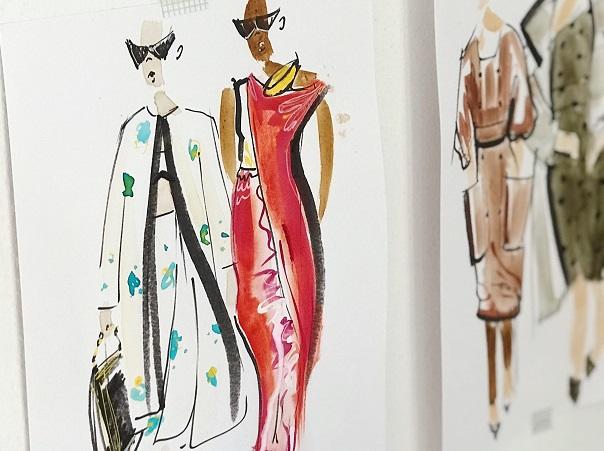
Indeed, fashion designers have to know how to sketch their designs but they also have to know all about fabrics and how to work with them, how to sew - a task that entails knowing more than just a few types of stitches. If theirs is a renowned house of fashion, they may well have accountants, managers and an advertising department but, overwhelmingly, designers fulfil those tasks, too.
As though that weren't already an impressive list of skills, designers also need to keep a finger on the pulse of society; stay current with social and fashion trends, and maintain a wide network of contacts to keep atop of industry news and norms.
Recently, the fashion industry has suffered a backlash because of perceived unethical positions and actions:
- the environmental impacts of fashion and fast fashion, in particular
- the use of fur
- cultural appropriation
- seeming to portray racial stereotypes (Gucci's golliwag jumper!)
- unethically sourced materials
- poor production standards (sweatshops, child labour, etc.)
- too-young models
- harmful body image projections - too thin, hyper-sexualized
If you believe it would be easy to dismiss all of these issues as not relevant to the act of designing garments; think again. The label bears the designer's name. Thus, designers are responsible for everything that their label does.
Designers may well start out only needing to know how to sketch and sew but, ultimately, they should have all the necessary skills to lead an ethical, sustainable, no-harm-causing fashion house.
How Do I Start Studying Fashion?
As you're reading this article, you might say that you have already started studying fashion.
Getting acquainted with the full breadth of the industry is the best way to start your fashion design studies because, once you commit to taking fashion design courses and learn what all it entails, you might get discouraged and seek another line of work.
The best way to start studying fashion is to determine which aspect of the industry appeals to you the most. Would you like to be on the creative side of things, brainstorming ideas, sketching clothes and sewing them? Or are you more interested in becoming a buyer - travelling the world to find exotic fabrics and accessories?
Perhaps you'd like to work on the teams that put fashion shows together.
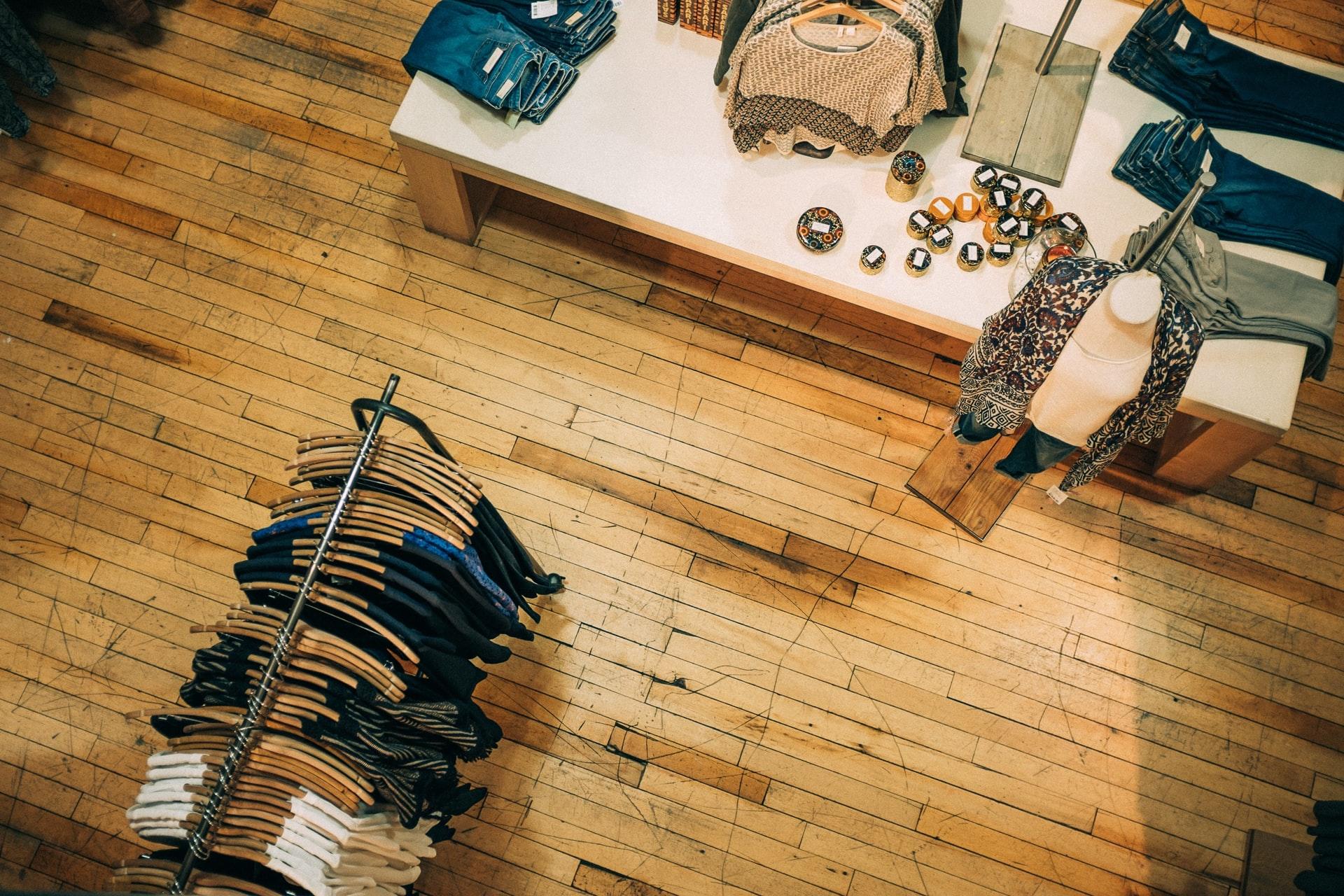
Once you know which corner of the fashion world you want to work in, you may target your studies to it. For instance, if you'd rather bring designs to life, learn everything you can about sewing and fabrics: how to measure and cut them, which fabrics complement each other and which ones don't work well together at all.
And, of course, if designing is your passion, you should take drawing courses and classes in computer-aided drawing.
Regardless of where you hope to land in the fashion world, you should still cover all of the aspects of fashion that every designer should concern themselves with, from ethics and sustainability to marketing and maintaining inventory.
You can start learning about these issues on your own but you should also seek out formal training as a fashion designer.
What Is a Fashion Design Course?
Labelling your fashion education a fashion design course is quite vague; it's like saying you're taking a maths course. Would that be a calculus class, an algebra class or basic numeracy skills?
Fashion design courses are as varied as there are aspects to the fashion industry. You might take a business course targeted to fashion or marketing for fashion,
You might take a course that covers the techniques and processes of creating fashion; courses in idea generation, how to create a presentation board and how such a board differs from a mood board, and learn flat pattern techniques.
Conversely, if you're more interested in garment creation, you might search for courses that offer in-depth knowledge of fabrics: how to deconstruct and reconstruct them, how to sew different fabric types, understanding fabrics' technical aspects and, most importantly, how to choose the right fabric for every design.
Fashion design courses come in many different formats, too.
You may opt for a certificate programme; a shorter course of study that gives you the basics of working in a certain aspect of the fashion industry, or you could choose a degree programme, which should cover all aspects of fashion design, from how to brainstorm your next collection to participating in London's Fashion Week.
You might decide on in-person courses at a prestigious fashion institute such as the British Academy of Fashion Design, or you might prefer online courses, or a hybrid course setup.
Whichever type of fashion design course you choose, you should be sure that it will cover all of the elements you will need to establish yourself as a professional in the fashion industry.
Find sewing courses here on Superprof.

How Can I Learn Fashion Design at Home?
Learning fashion at home might seem counter-intuitive, seeing as so much of your success in fashion depends on your ties to the fashion industry. Like other industries that rely on a 'who you know' system to remain competitive, networking is absolutely vital in fashion.
Remember that one bad review from a single trade paper can sink your entire brand.
Still, in the early stages of learning about fashion, not being plugged into the network isn't quite as important. In fact, it might be the best way for you to cover a lot of basic information - honing your sewing and sketching skills, putting together your portfolio and such.
As you're practising your stitching and sketching, you should think about what you want your brand of fashion to say and, more importantly, how your message will stand out amongst all of the other designers' statements.
LFW's upcoming show will feature nearly 250 designers, each presenting the same categories of garments: shirts, jumpers and jackets; trousers, dresses and skirts; outerwear, shoes and accessories.
Regardless of the limited number of garment types, each of these designers has a unique selling point that will make each of their pieces stand apart from those of other designers. It might be the way they drape and flow, the colours and patterns they used or how they trimmed each article and accessorized the ensemble.
You too should develop your unique selling point.
Your collections should add to the fashion narrative; present a new, previously unseen dimension. Your designs should reflect popular sentiments, to be sure, but they should frame them from the context of your perspective and worldview.
That's perhaps the greatest benefit of starting your fashion design studies at home.
You have all the time and space you need to think about what you want to say with your designs and, once you've got that sorted, you have the quiet you'll need to translate your ideas into designs.
Find sewing classes here on Superprof.

